Jabalieh Dome in Kerman: History, Architecture & Visitor’s Guide
The Jabalieh Dome or Gabri Dome, also known as Rock Dome, a stone structure with an octagonal base, is one of the most enigmatic and striking buildings in Kerman, Iran.
Its unusual design and mysterious origins have captivated visitors for centuries. Unlike many historical monuments in Iran that rely on brick, the Jabalieh Dome is constructed entirely from stone, making it a rare architectural wonder. With its domed roof and simple yet solid appearance, the structure draws attention to its blend of ancient Persian and early Islamic influences.
Located on the eastern outskirts of Kerman, the Jabalieh Dome is an iconic symbol of the city’s long and diverse history. Though relatively small in size, the dome offers a quiet space for reflection, surrounded by a peaceful park area. Its historical significance, combined with its unique architectural features, makes it a must-visit for those interested in the region’s cultural evolution.
For tourists fascinated by ancient architecture and those seeking to explore lesser-known yet significant historical sites, the Jabalieh Dome provides a perfect blend of history, mystery, and beauty, offering a rare opportunity to connect with Iran’s past.
Jabalieh Dome History and Background
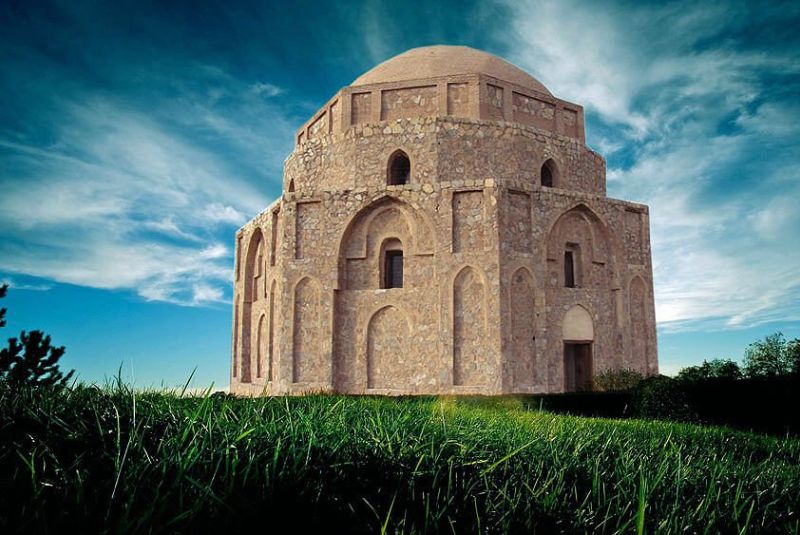
The exact origin of the Jabalieh Dome remains a subject of debate among historians. Some suggest that it dates back to the late Sassanid era, around the 6th or 7th century, while others argue that it may have been constructed in the early Islamic period. The structure's architectural style hints at a blending of influences from both periods, further complicating efforts to pinpoint its origins. Its construction in stone, a rarity for its time, adds to the mystery surrounding its purpose and builders.
The original use of the Jabalieh Dome is also uncertain. Several historians theorize that it may have functioned as a Zoroastrian fire temple, due to the religious significance of similar structures in pre-Islamic Iran. Others believe it could have served as a mausoleum or a religious monument, a theory supported by the dome’s solemn and enduring presence. While definitive answers about its role are hard to come by, the structure’s significance as a spiritual or ceremonial site remains a plausible explanation.
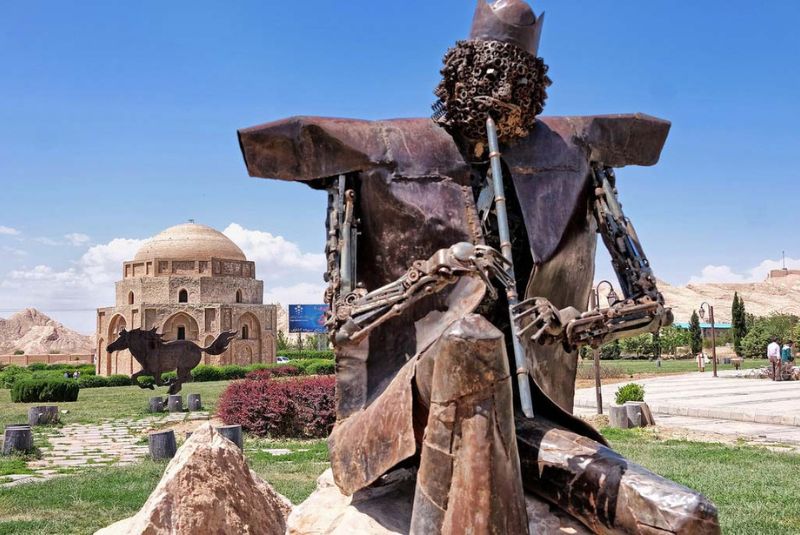
In the 20th century, the dome underwent significant restoration to preserve its structural integrity. These efforts have ensured that the Jabalieh Dome remains intact and accessible to modern visitors, allowing future generations to appreciate its enduring historical and architectural value. Its preservation speaks to the dedication of those who recognize the importance of keeping this piece of history alive for both locals and tourists alike.
Architectural Features of Jabalieh Dome
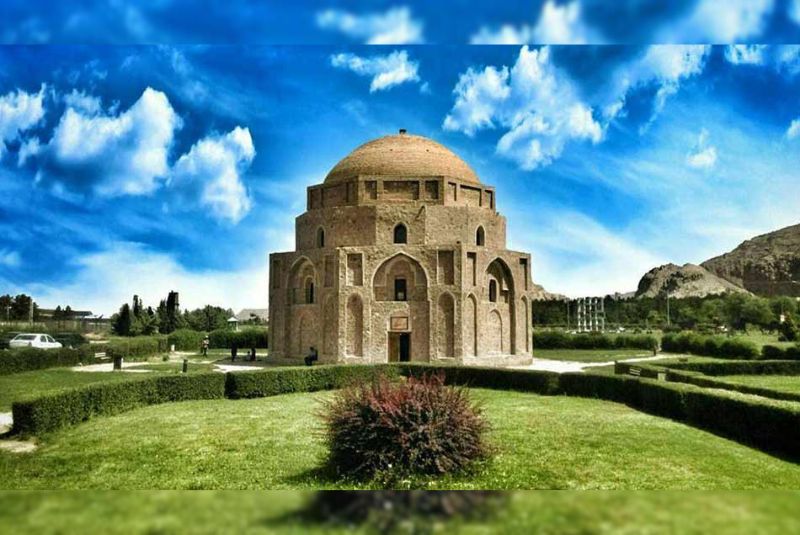
The Jabalieh Dome's architecture is both unique and intriguing, largely due to its octagonal structure and the exclusive use of stone, which sets it apart from other historical buildings in Iran. The building’s simple yet commanding exterior is defined by its eight-sided base, a geometric design that highlights the craftsmanship of the period. While stone was not a common construction material in Iran during the late Sassanid or early Islamic periods, it lends the Jabalieh Dome a sense of durability and permanence.
The use of stone is particularly noteworthy because most buildings from the same era were made from mudbrick or baked brick, which were more readily available and easier to work with. The decision to construct the Jabalieh Dome entirely from stone suggests a deliberate architectural choice, possibly to emphasize the building’s importance or longevity.

The dome itself is one of the largest and most prominent features of the structure. Its slightly pointed shape, which blends Persian and early Islamic architectural styles, has been influential in the design of other domes in the region. The Jabalieh Dome’s architectural significance lies in its blend of simplicity and grandeur, showcasing a balance between form and function.
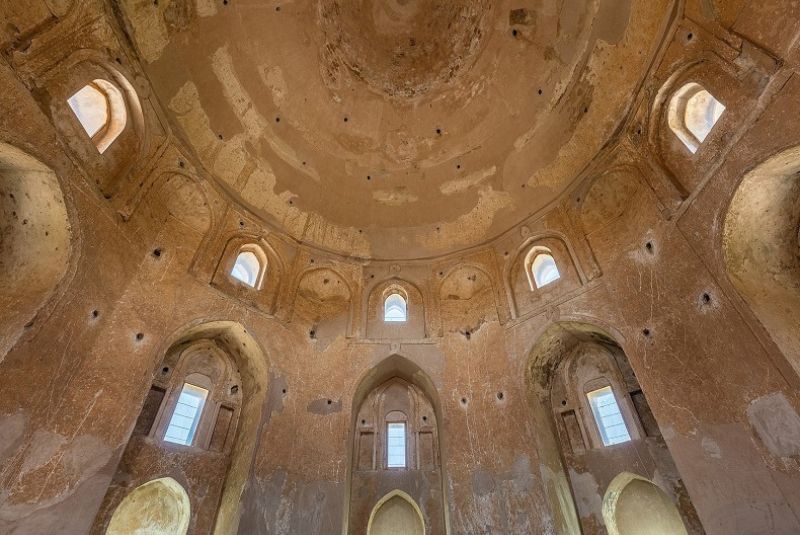
Inside, the structure is minimalist, with little ornamentation. The interior space is defined by smooth stone walls and a spacious central area. Any carvings or decorative elements have largely eroded over time, but the bare stonework still reflects a sophisticated approach to construction, allowing visitors to appreciate the architectural technique in its raw form.
Cultural Significance of the Jabalieh Dome
The Jabalieh Dome holds cultural significance for both ancient Persian and early Islamic communities, though its exact role remains a topic of speculation. Its octagonal shape, commonly used in religious and ceremonial buildings, suggests that it may have served a symbolic purpose. Some historians believe the dome was a Zoroastrian fire temple, a spiritual site where fire, a sacred element in Zoroastrianism, could have been housed. Others suggest it was a mausoleum, possibly for a prominent figure of the time, adding to its importance as a religious or ceremonial space.
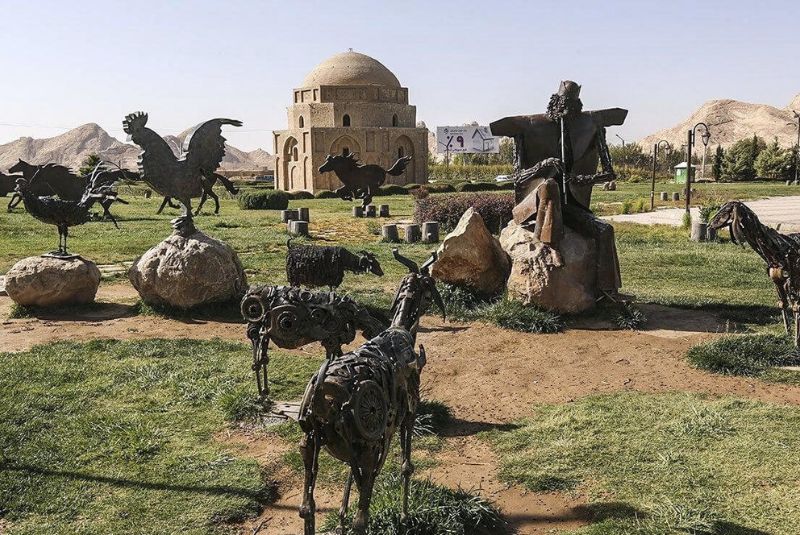
Local legends also contribute to the cultural allure of the Jabalieh Dome. One popular belief is that the structure was built on the site of an older temple or shrine, giving it an aura of ancient reverence. These stories, passed down through generations, have enhanced the building’s mystique, making it more than just a historical monument.
Today, the Jabalieh Dome is appreciated not only for its architectural significance but also as a cultural symbol in Kerman. Locals view it as an enduring representation of the city’s historical landscape, and visitors are drawn to it as a peaceful site that reflects the rich layers of Iran’s past. The dome serves as a reminder of the city's connection to ancient traditions and its continued role in preserving historical monuments.
Tips for Visitors

The Jabalieh Dome is located on the eastern outskirts of Kerman, Iran, making it easily accessible for visitors staying in the city. Travelers can reach the site by taxi or private car, both of which are convenient options for navigating Kerman. Taxis can be hailed in the city center or booked through ride-hailing apps. There are also local buses that stop near the site, but taxis provide a more direct and time-efficient method of travel. The dome is situated about 15 minutes by car from central Kerman.
The best time to visit the Jabalieh Dome is during the spring (March to May) and autumn (September to November) when the weather is mild and pleasant. Kerman experiences extreme temperatures in summer and winter, so visiting outside of those seasons ensures a more comfortable experience.
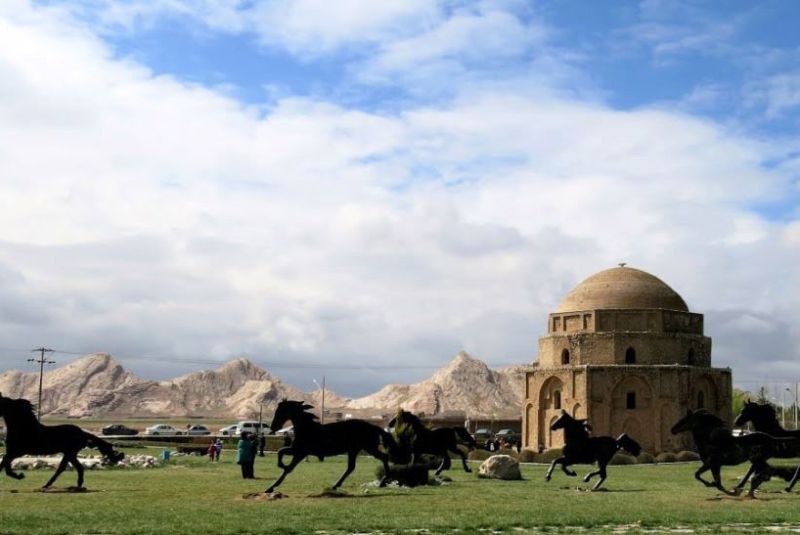
The Jabalieh Dome is open to visitors daily, generally from 9 AM to 5 PM. There is a small entrance fee, which helps maintain the site. Visitors are advised to check for updated hours during holidays, as times may vary.
- Wear comfortable walking shoes, as there may be some uneven ground around the site.
- Bring water and sun protection, particularly if visiting during the warmer months.
- Allocate 1-2 hours to fully explore the dome and its surroundings.
Nearby Attractions in Kerman
Ganjali Khan Complex
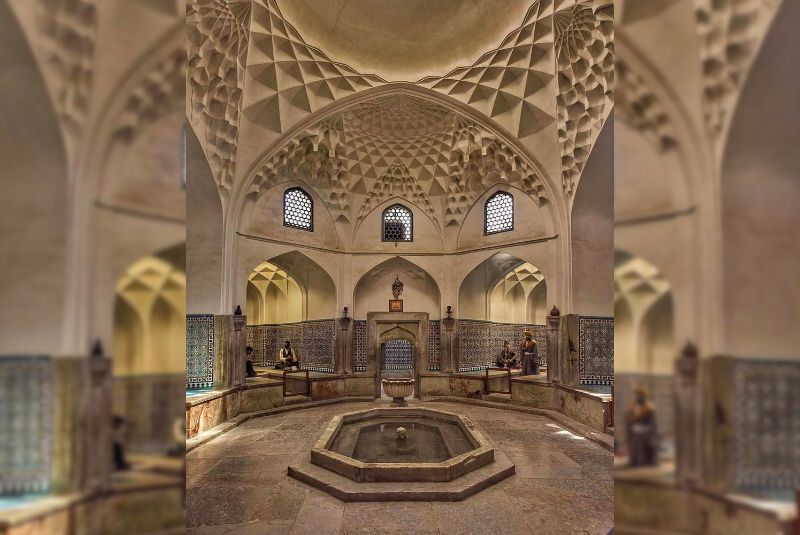
Located in the heart of Kerman, this complex was built during the Safavid period and includes a mosque, bazaar, bathhouse (now a museum), and caravanserai. The architecture of the Ganjali Khan Complex is a remarkable display of Persian urban planning. The bathhouse is especially interesting, now serving as a museum that exhibits traditional bathing culture.
Shazdeh Garden (Prince’s Garden)
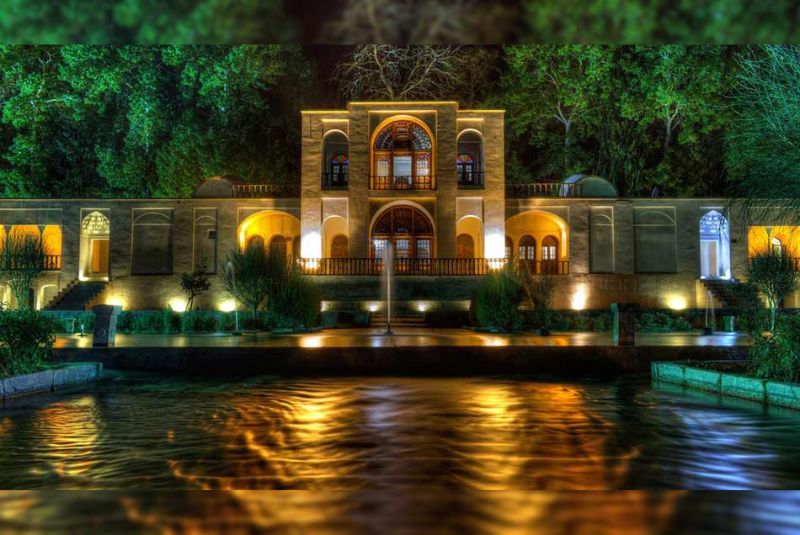
Situated about 35 km from Kerman in the town of Mahan, Shazdeh Garden is a stunning example of Persian garden design. Built during the Qajar era, the garden is a lush green space that contrasts beautifully with the surrounding desert. Its symmetrical layout, water features, and cascading fountains make it a peaceful retreat for visitors.
Shah Nematollah Vali Shrine

Also in Mahan, the Shah Nematollah Vali Shrine is the burial place of the renowned Sufi mystic. The shrine is known for its exquisite tile work and tranquil atmosphere. Visitors can explore the inner sanctum, peaceful gardens, and appreciate the artistry of Persian architecture.
Rayen Castle
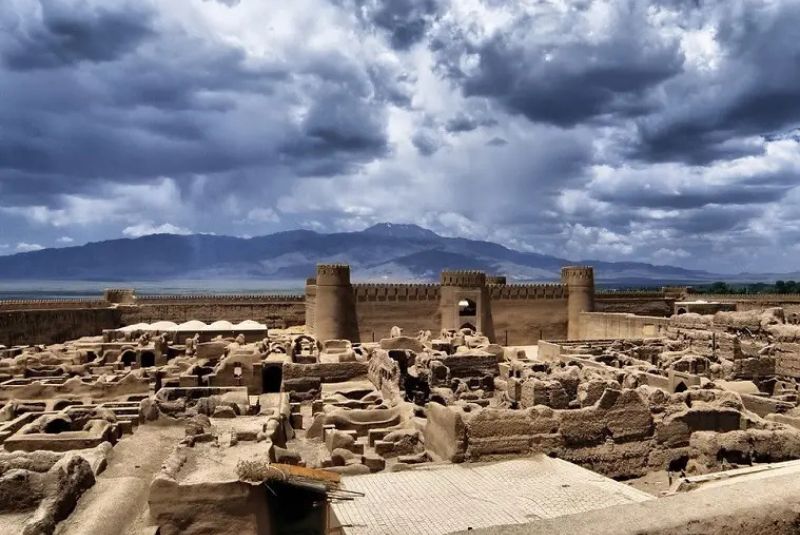
Located about 100 km south of Kerman, Rayen Castle is an ancient adobe fortress dating back over 1,000 years. The castle’s high walls and towers offer insight into the region’s defensive architecture. Visitors can walk through its gates and courtyards, enjoying panoramic views of the surrounding landscape.
Jameh Mosque of Kerman
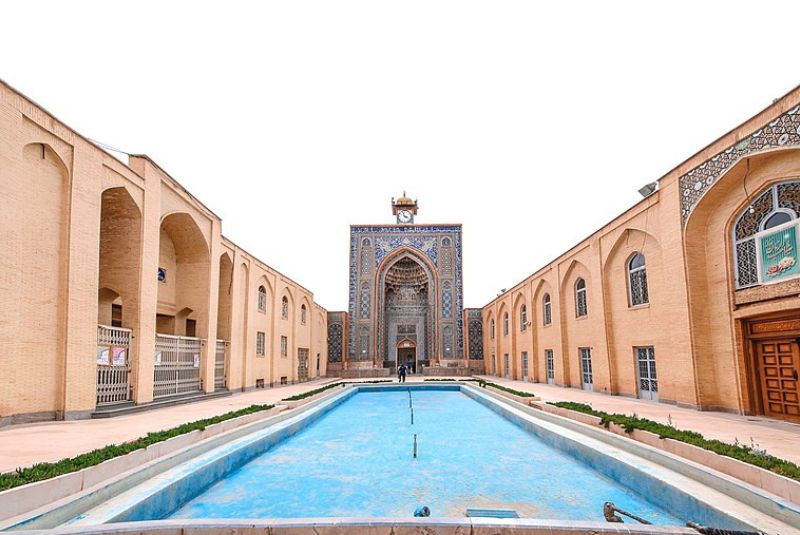
This mosque, dating back to the 14th century, is an excellent example of Islamic architecture. Known for its beautiful blue tiles and expansive courtyard, the Jameh Mosque is one of Kerman’s most significant religious buildings. Its intricate decorations and design make it a popular destination for tourists.
Kerman Bazaar
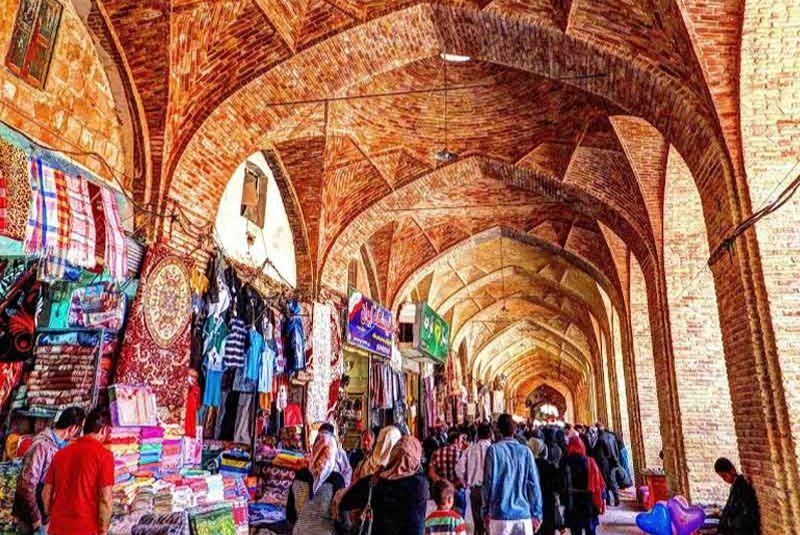
One of the oldest bazaars in Iran, the Kerman Bazaar is a vibrant market where visitors can find traditional crafts, spices, and local goods. The bazaar is a bustling hub of activity, offering an authentic experience of daily life in Kerman.
Final Takeaway
The Jabalieh Dome is a special place that captures the essence of Kerman's rich history and architecture. Its unique stone structure, mysterious origins, and quiet atmosphere make it a fascinating site for anyone interested in Iran’s cultural past.
If you’re planning a trip, consider spending at least a full day, or even two, in Kerman to fully appreciate its diverse offerings. Take your time to wander around the Jabalieh Dome and the nearby sites, and don’t forget to enjoy the local food and hospitality while you’re there!
Share your story!
Comment below and let us know about your Experience.
Your story inspires others!


Comment
Leave a Comment